Tomb 46
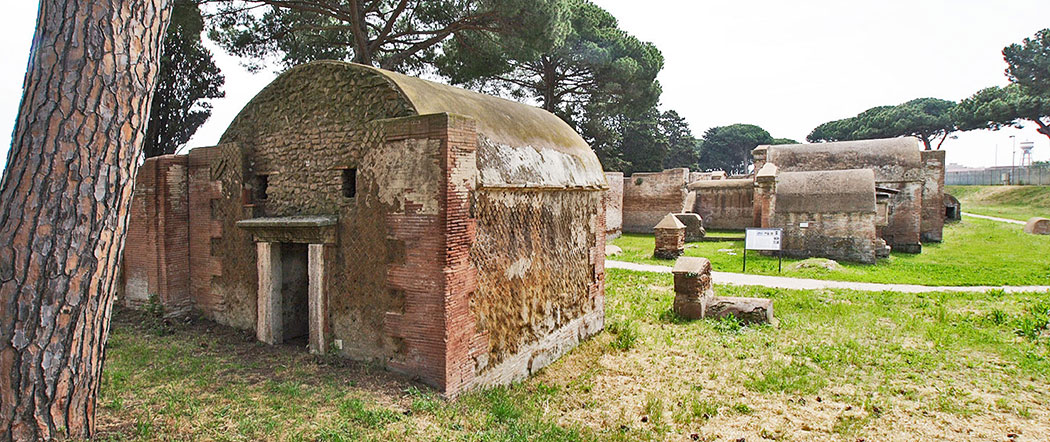

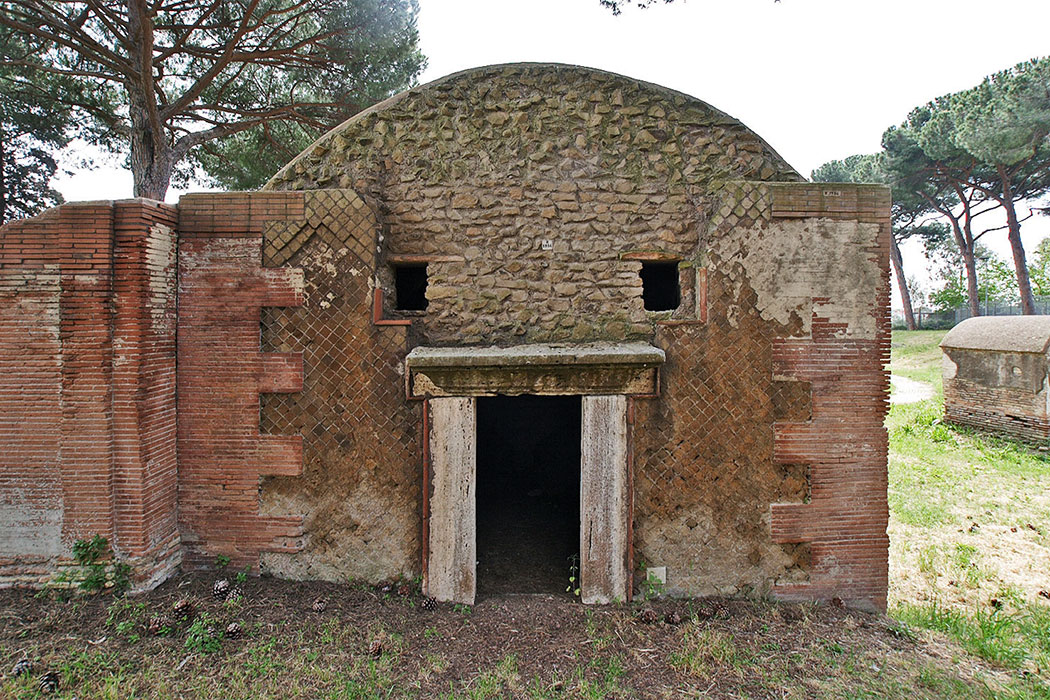
The walls of the burial chamber have been preserved up to the now disappeared ceiling.
The burial chamber was originally organized for cremation only. All the walls have large central niches surrounded by smaller ones. In the walls we find clues pointing to a reorganization of the grave. The large central niche of the back wall was covered later on by two brick arches with a support for a sarcophagus.
In the back wall are small windows. Several fragments of paintings show that the tomb once must have been decorated very nicely.
Below the no longer present mosaic floor, twelve formae for three bodies each were hidden.
There is evidence that tomb 46 has been built in the beginning of the second century AD, thus earlier than the surrounding tombs, and therefore must have been detached for a long time.
The reuse should not have taken place later than the beginning of the third century.
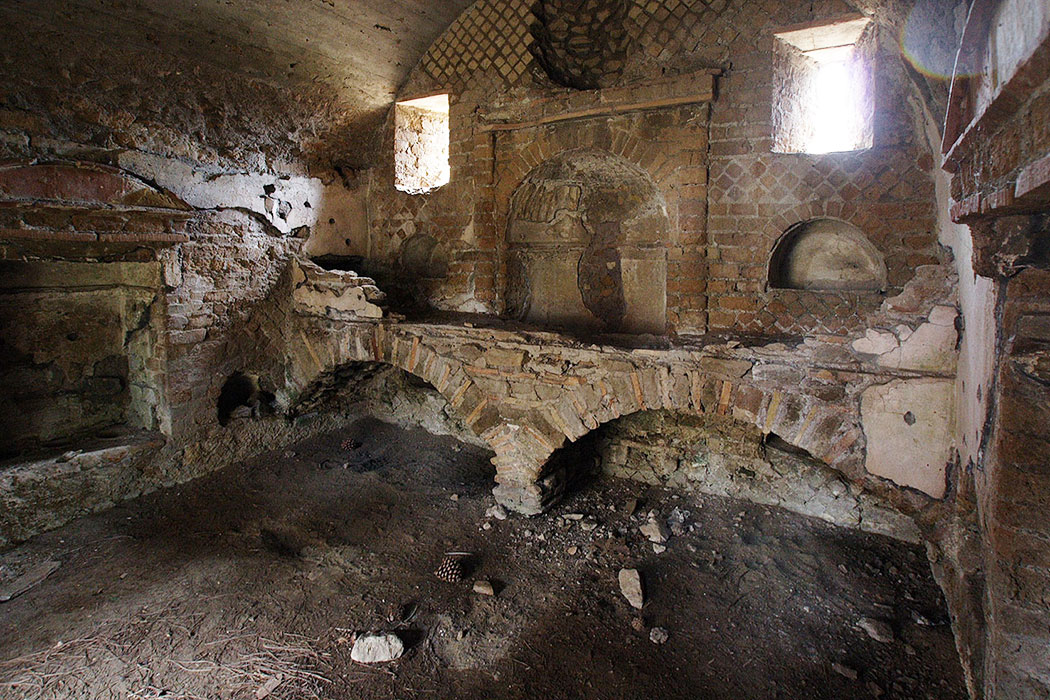
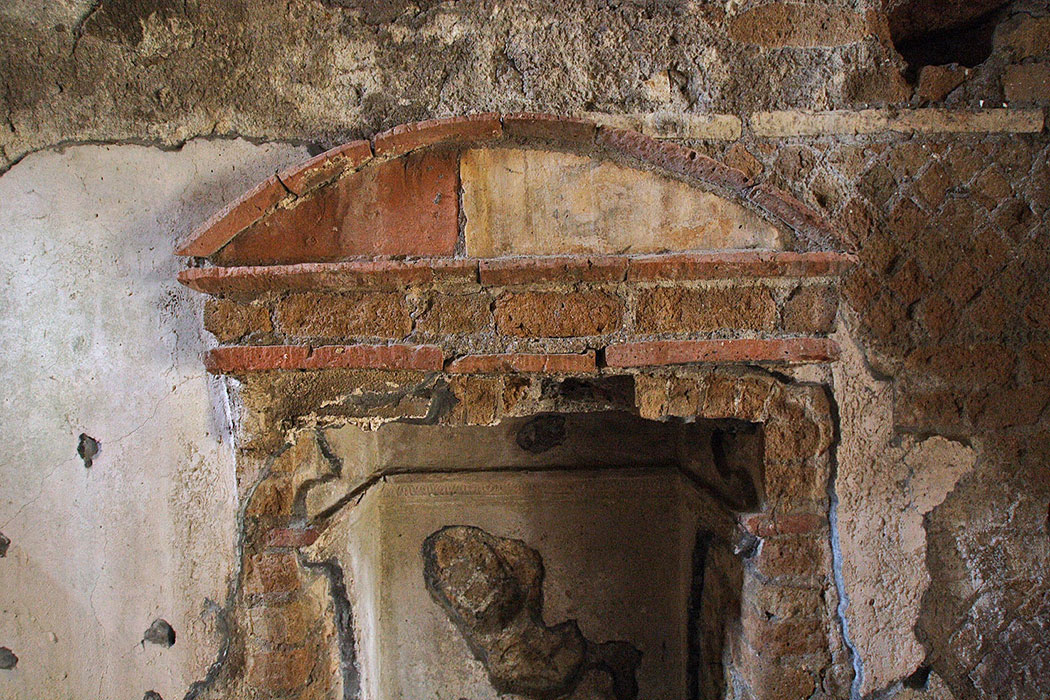
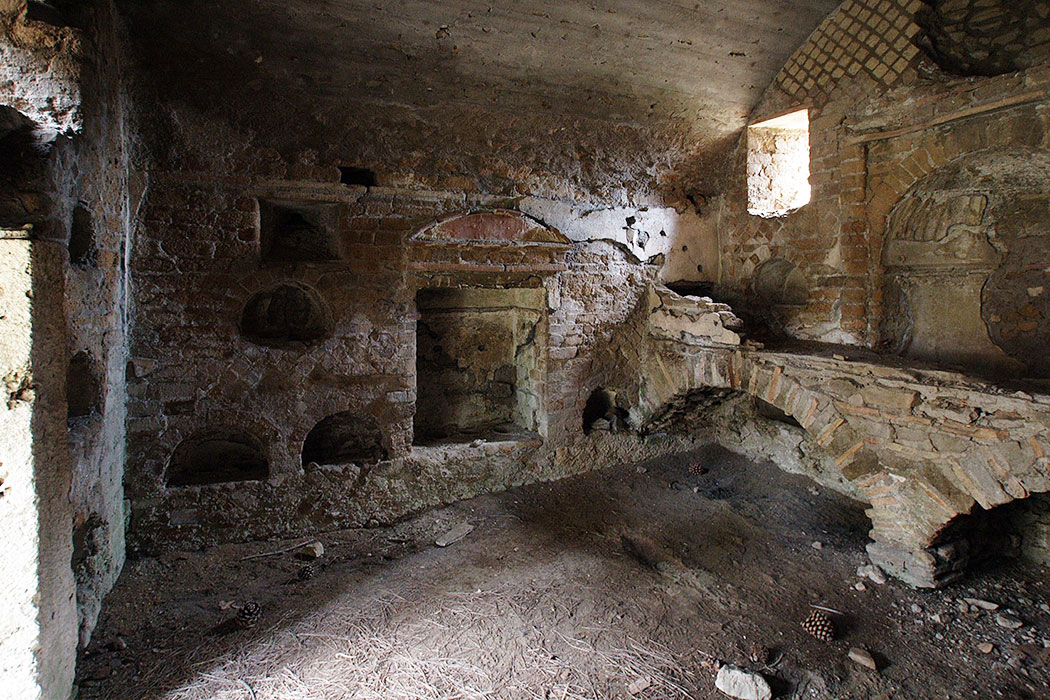
- Sources
- Russel Meigs - Roman Ostia, At the Clarendon Press 1973
- Guido Calza - Necropoli nell'Isola Sacra'(1940)
- Dr. Jan Theo Bakker.
- Hilding Thylander - Inscriptions du port d'Ostie (Lund C W K Gleerup 1952).
- Ida Baldassarre, Irene Bragantini, Chiara Morselli and Franc Taglietti - Necropoli di Porto, Isola Sacra (Roma 1996).
Isola Sacra Index (D)

Speciale sectie over de Romeinse begraafplaats van Portus (Engels)....
Weiterlesen ...Leptiminus (Englisch))
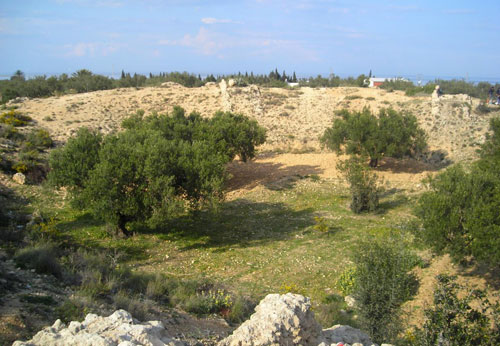
At the site of present-day Lamta on Tunisia's east coast, there was already a port city named Leptis Minor ....
Weiterlesen ...Römisches Seehandelsrecht (Englisch)

Roman law is the finest monument that Rome bequeathed to Western Europe....
Weiterlesen ...Sullecthum (Salakta) Englisch

In the Sahel, in the Tunisian province of Madhia, we find by the sea the small town of Salakta....
Weiterlesen ...Colonia Julia ad Turrem Libisonis (Englisch)

.....probably founded by Julius Ceasar around 46 BC, was located in the north-west of Sardinia.
Weiterlesen ...
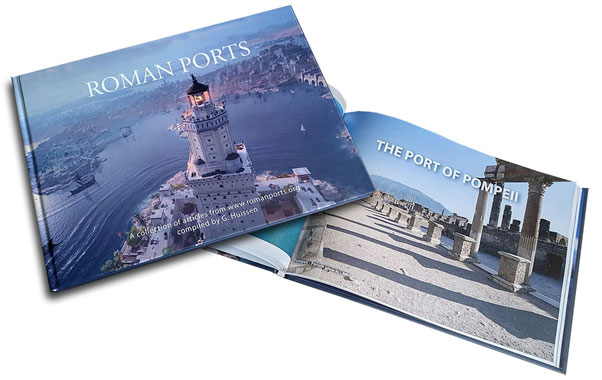
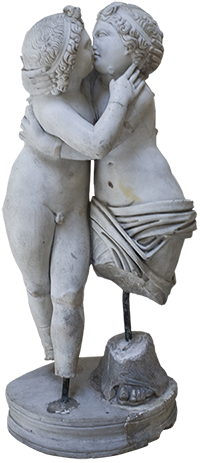 We are committed to providing versions of our articles and interviews in several languages, but our first language is English.
We are committed to providing versions of our articles and interviews in several languages, but our first language is English.